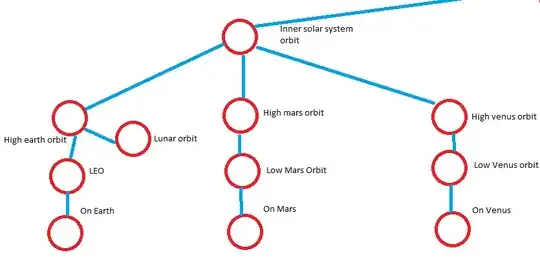So, lately I have been developing a tabletop board-game, the subject of which is space battles. My intention for it is to be somewhat similar to Armada, but more realistic (e.g. tyranny of rocket equation, ships drift in the direction they were already going, etc.)
However, although I want it to be realistic, I don't want it to happen at the extreme ranges that most people say are probable with space combat. After all, I need this to fit on a table-top. I also really don't want to handwave it, as I'm trying for semi-hard science.
Given the following parameters, how do I justify short-range engagements?
Energy shields exist, but they aren't Star Trek-level perfect. They work by absorbing all the energy of anything that hits them from the outside, storing it in capacitors. Once the capacitors are full, the shield goes down until the capacitors can be emptied. While the shields aren't infinitely powerful, they do have decent durability. After all, they have to protect the ship against interstellar gas and micrometeorites while the ships are moving.
Anti-missile countermeasures are effective, but not 100% effective. For purposes of this question, let's set the optimum effectiveness at 98%, with a small decrease in effectiveness as the amount of incoming missiles increases.
Power supply isn't a problem. For purposes of this question, they have something along the lines of a ZPM.
Most ships have some ablative armor and anti-rad measures. As a result, hits that get through the shields work kind of like in Armada; very damaging, but not an insta-kill most of the time.


What’s the capability of the capacitors and for how long do the shields go down while being emptied?
How are you comparing interstellar gas and micrometeorites to hostile weapons?
If you have 98% effective countermeasures, why worry?
Don't ablative armour and anti-rad making hits that get through the shields damaging, but not an insta-kill most of the time, sound very vague?
– Robbie Goodwin Oct 22 '20 at 22:13